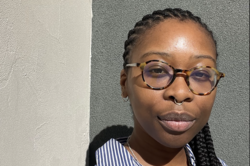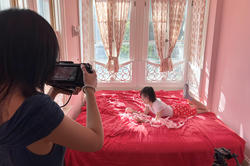The exhibition celebrates the work of Photography juniors, seniors and graduate students whose practices focus on capturing the intangible, placemaking and more.
RISD Students Use Photography to Provoke Dialogue
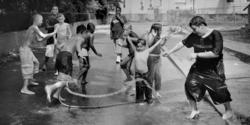
“Expressing myself through photography has been a hugely important part of my life,” says local photographer and RISD alum Scott Lapham 90 PH, “and I try to photograph things that have emotional and cultural value.”
Lapham was discussing his work in a fall studio called Documentary Photography led by John Willis, who strives to expose students to a wide range of photographers and points of view. As part of the course, students are also investigating work by street photographer and digital montage artist Stephen Marc, late ethnographer Edward S. Curtis, NYC-based photographer and filmmaker Eugene Richards, and many others dating back to the early stages of the documentary genre.
“Most people get into documentary photography because they are looking to educate viewers or contribute to social change on some level,” says Willis. “But what is true or meaningful in the world is different for everybody, and that’s what we’re trying to uncover in this class: what stories each student is trying to tell and the right visual language for making their point.”
“What is true or meaningful in the world is different for everybody.”
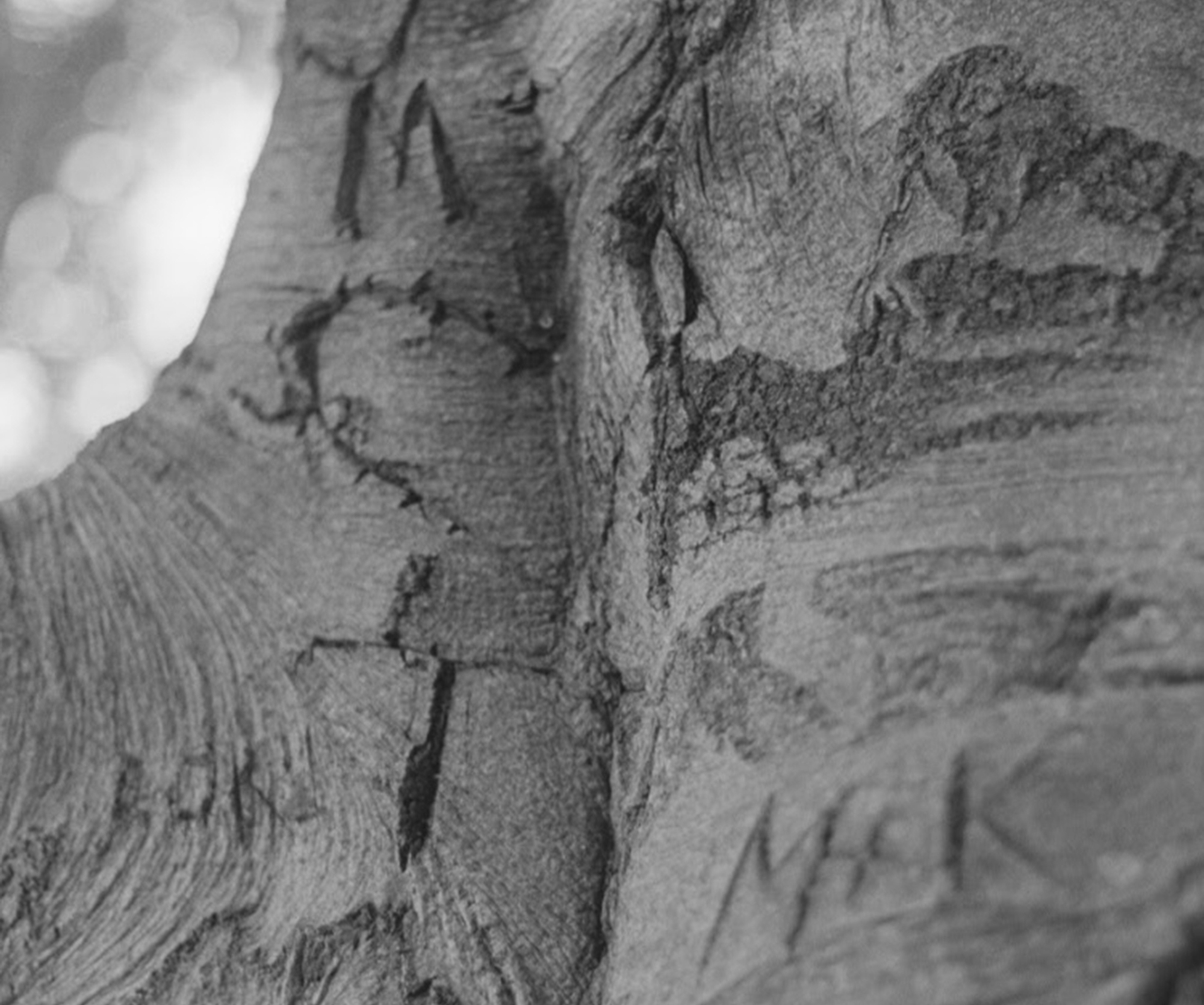
Junior Page Sullivan 25 PH is using black-and-white 35mm photography to comment on a regal old beech tree in nearby Prospect Terrace Park, whose trunk is festooned with people’s carved initials. “I installed a box for visitors to the park to leave me notes about their thoughts on the tree, the carvings and the park in general,” she says, “and I’m experimenting with cyanotypes that connect to the handmade marks on the bark and the history of botanical photograms.”
Willis encourages the other students to share their thoughts about Sullivan’s project before offering advice. “Think about the changing quality of light throughout the day and throughout the seasons,” he suggests. “And since you’re not using digital photography, try to make developing the film part of your weekly ritual.”
Senior Camille Kim 24 IL is working on a photobook tentatively titled Concussion Diaries that documents her day-to-day experiences since sustaining a concussion last summer. The images are intensely bright, overexposed and out of focus. “I’m intentionally breaking the rules to create a sense of confusion,” she tells the class. Willis wonders aloud if some of the images might cause the viewer to think too much about the process she is using rather than the emotions she is trying to express, and Sullivan suggests that she try to create blurred images by shooting through a cloudy filter rather than using digital processing.
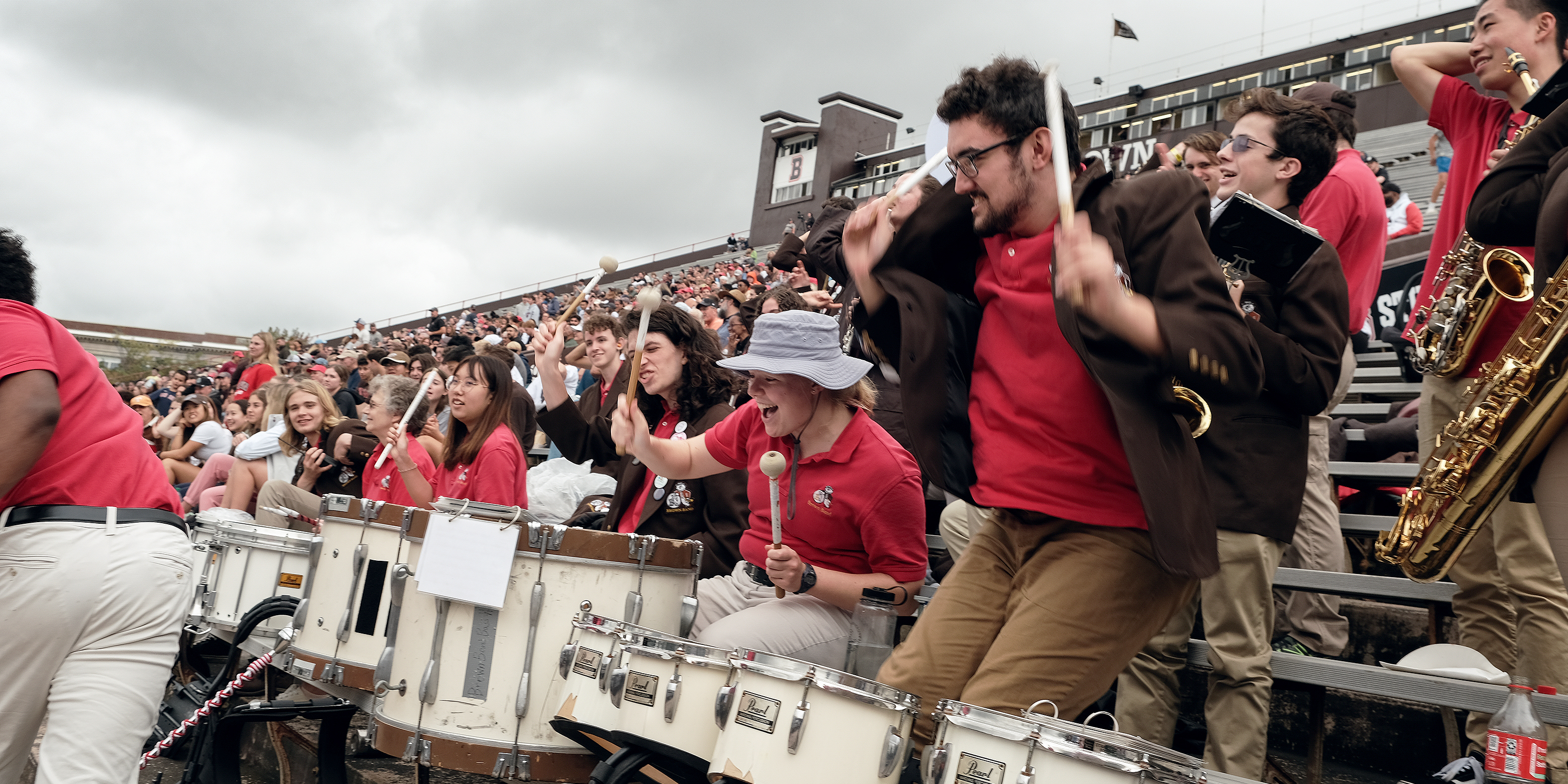
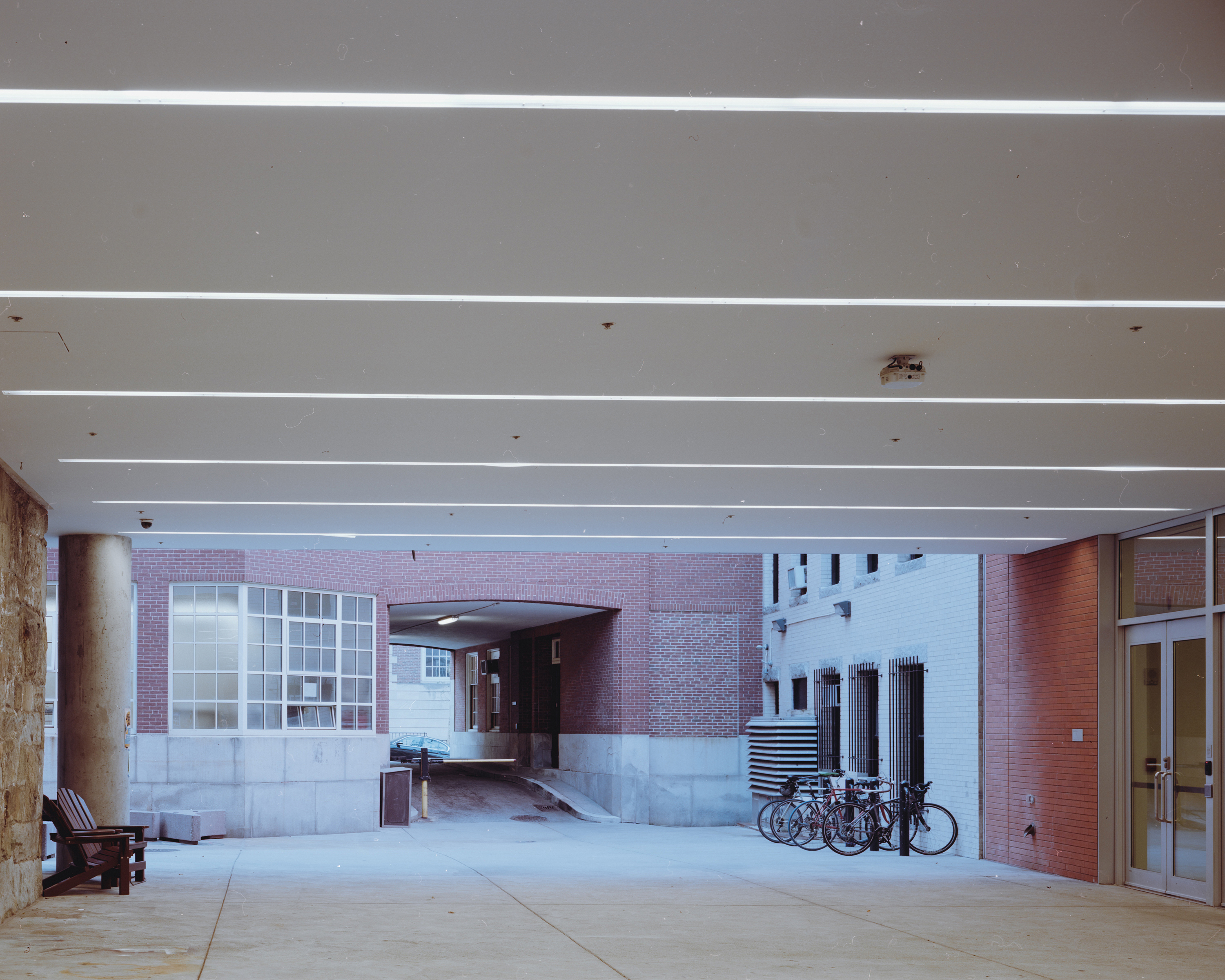
Brown University student Will Steinfeld is also using photography to tell a personal story but one that hinges on community—his experiences as a member of Brown’s marching band. “We’ve talked a lot in class about asking the subjects how they want to be photographed and posing direct questions about their experience,” he explains. “I've tried to use that approach to make pictures about how the band builds an inclusive community away from home.”
RISD junior Ethan Brossard 25 PH makes pictures using a large-format camera that seem to tell a quieter and lonelier story. “I’m looking at the way we construct spaces in our society—who those spaces are built for and who they are not built for,” he explains. “This comes from my experiences in high school, where the system is designed to treat everyone the same [whether or not they] fit into the mold society has constructed for them.”
Willis points out that the work in progress Brossard shares with the class expresses a kind of emotional interiority and a stillness sometimes emphasized by one element of motion within the frame. “The way you’re foreshortening the space is also really interesting,” he says, “and it draws attention to the act of observation. You’re effectively inviting viewers to go on a journey with you.”
Simone Solondz / top image: detail of Pawtucket, 2003 by Scott Lapham
November 6, 2023

